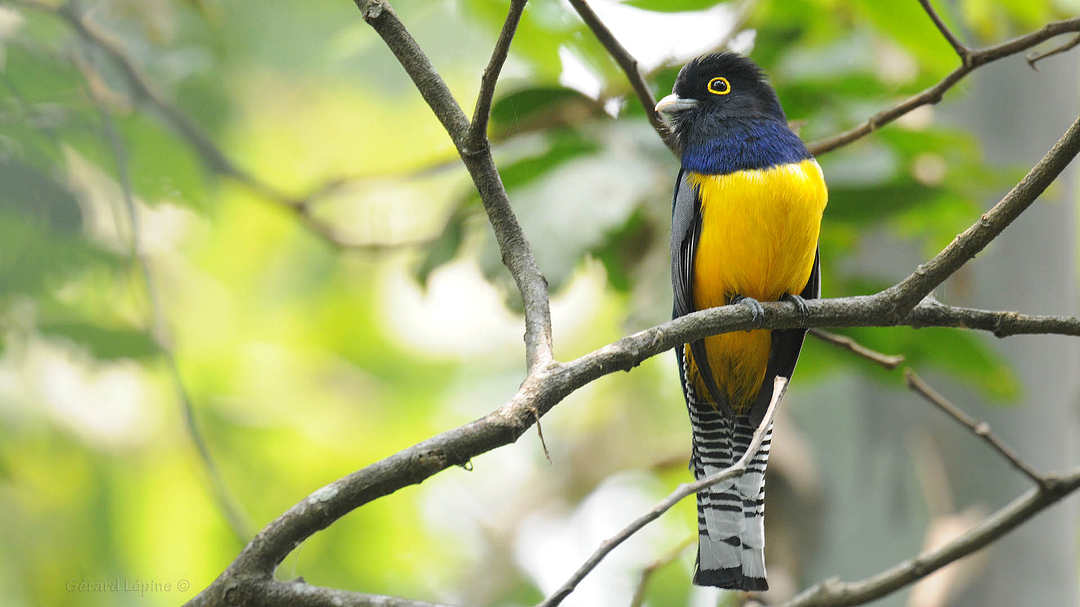
| Tikal Archaeology & Tikal Arquitecture |
| Tikal Facts / Tikal & Early Explorers | The Pennsylvania Dig at Tikal / Proyecto National Tikal |
| The Ancient Maya of Tikal | Tikal's Dynastic Rulers | Calendars & The Long Count System | Tikal's Emblem Glyph |
| Acropolis | Lost World | Tikal's Great Plaza | The Twin Pyramid Complexes | Group H / G / F / Bat Palace |
| Temples of Tikal | Tikal's Causeways | Ball-Courts | The Tikal Museums & Visitor Center |
| FAMSI - Tikal's Ceramic Vases & many more Maya Ceramics (External Link) |
| Their Art | Their Religion | Economics & Agriculture | Mathematics | Hieroglyphic Writing |
Their Art
The Maya were natural born artists, each of their cities exhibit greater expertise in some artistic expressions than others around the Maya World. For example, the work done in stucco by the artists in Palenque is impressive, the inscriptions of the Copan stelae are quite unique, while Tikal’s wooden carved lintels and monumental architecture simply cannot be compared to those lintels carved and temples built at other sites. Tikal’s rulers used art as a means of emphasizing their image and telling the story from their own point of view, perpetuating their perspective on events. Beginning in 292 A.D. the rulers of Tikal represented themselves in low relief stelae, initially in profile and later facing toward the front.
Architecture and sculpture merged into one and served as a scenario for the rulers to perform their ceremonies for the public. As early as the Late Preclassic Period, everything- including artistic expression- was carefully articulated as a part of an ever increasingly sophisticated ruling apparatus. For instance, the Late Classic roof crests, which crown the magnificent temples of Tikal, where rulers portrayed themselves on three dimensional sculpted images, accompanied by their protective deities, reminded the population of their immense supernatural powers.

The stucco- modeled masks on the façades of the main buildings of the North Acropolis depict ideological messages and contain messages that are both religious and political in nature and are addressed to the population. The Stela-Altar complex became popular in the Early Classic. The historical hieroglyphic text written on a stela would cite a ruler’s lineage, his date of accession to the throne, his conquests and the names of his parents, while the iconography would depict his image, clad in rich paraphernalia and would show the prisoners he took in a submissive position. The stelae, therefore, became the favorite instruments of rulers and nobles to explain “the official history” of Tikal.
Courtly scenes were painted on ceramics: nobles appear comfortably seated on thrones adorned with jaguar pelts, addressing members of their entourage!

During the Late Classic Period hieroglyphs were written on the painted bowls and in certain instances the names of the characters represented were also included, as well as the function the bowl performed.
People are awed by the massive architecture of Tikal, but if they could see the masks and murals, which lay underground, dating back to the Preclassic Period, these would simply overwhelm them.
----


Maya art...
We hope you will enjoy www.tikalpark.com and its Spanish version www.parque-tikal.com Write us at info@mayaworld.org to organize your visit to Guatemala's magic natural and cultural paradise, the heart of the Maya World


| Home | Arts | Sciences | Transportation | Lodging | Special Tours | Birding Tours | Tours | Map | About Us | e-mail us | Site Map |